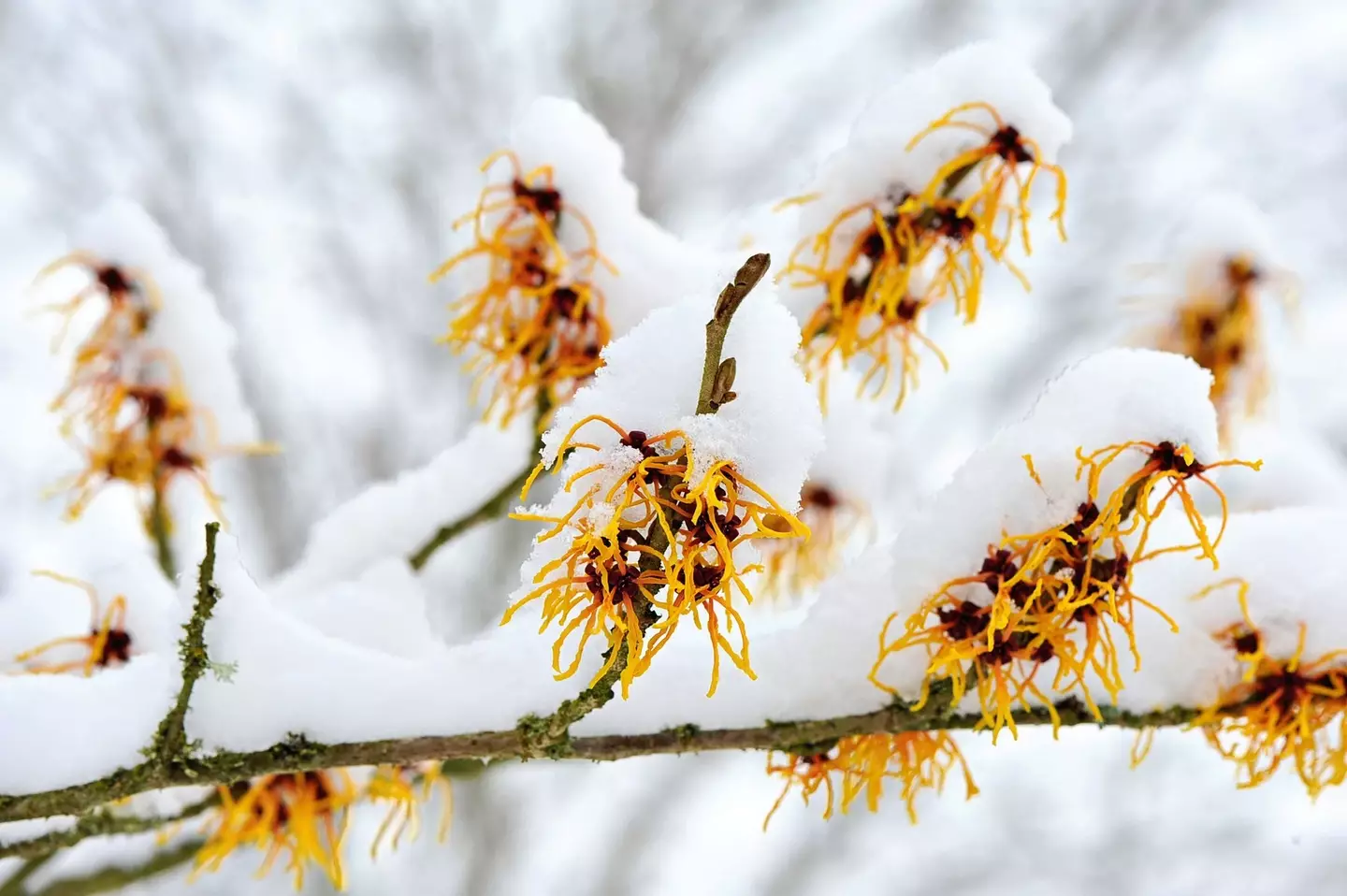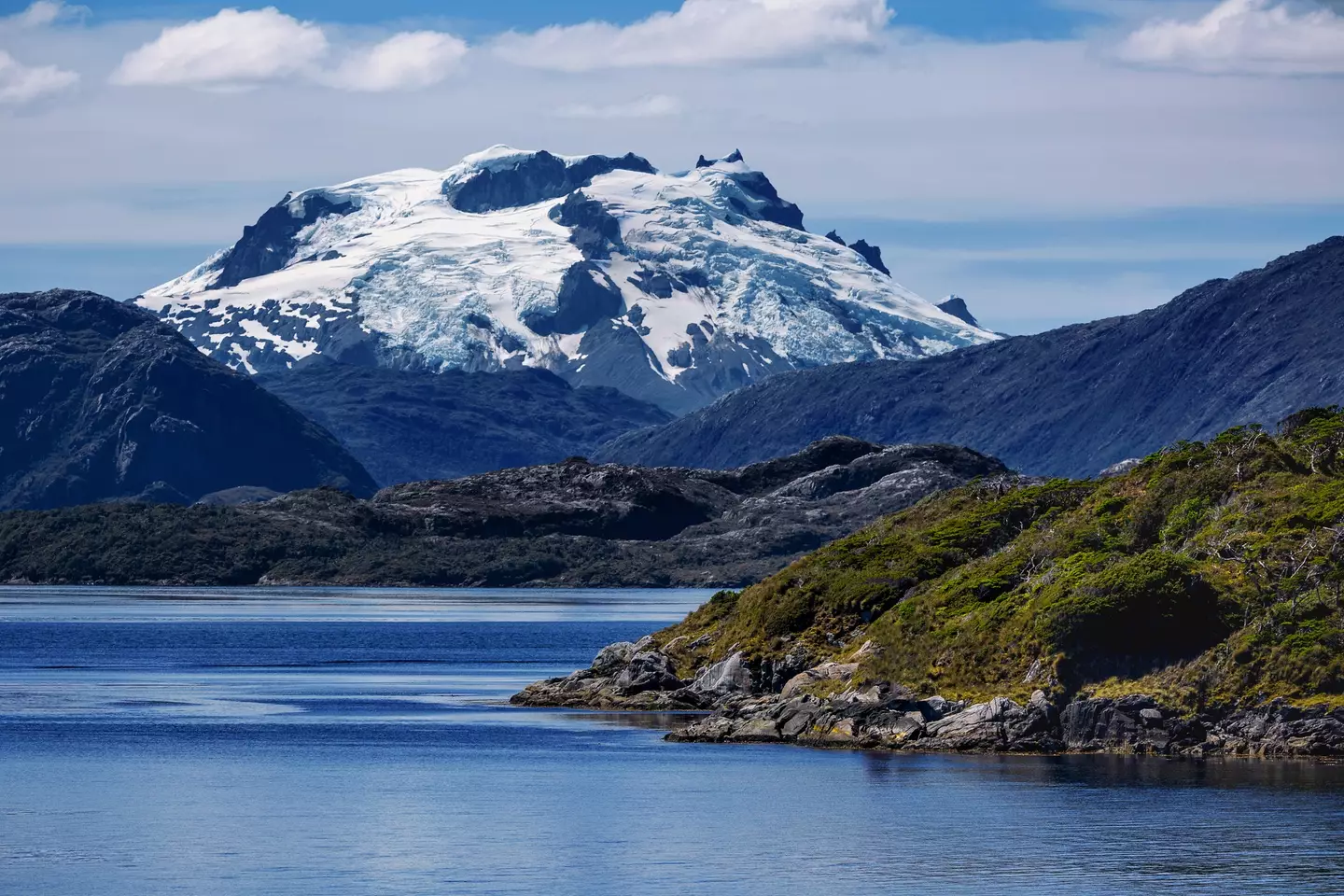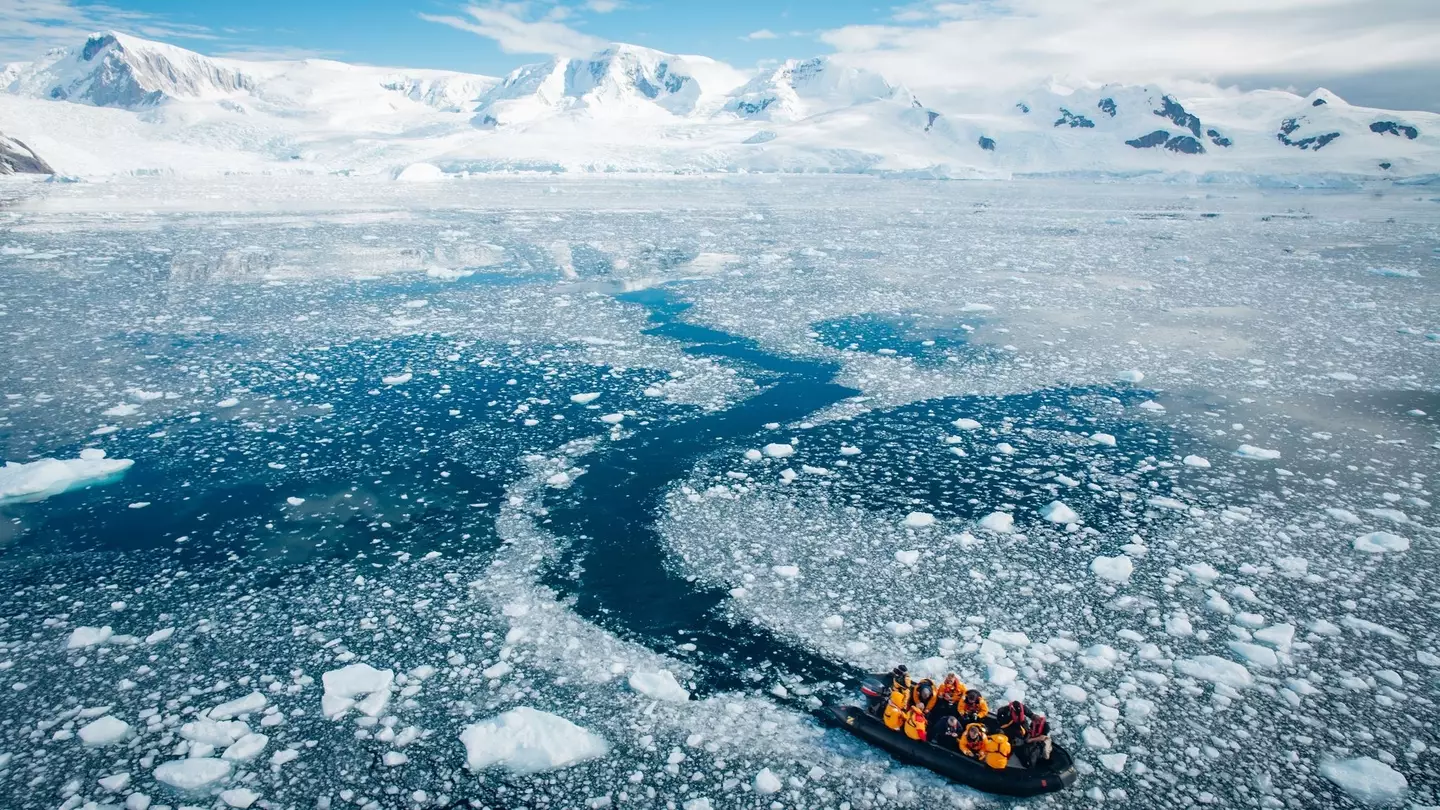Researchers are worried about the effects of climate change on the Antarctic Peninsula
When satellite footage showed Antarctica turning green, scientists were left scrambling for answers.
The Antarctic Peninsula is warming up so ‘dramatically’ that experts have warned that this could mean dire consequences for its future.
Researchers from the universities of Exeter and Hertfordshire, and the British Antarctic Survey, found that Antarctica is warming faster than the global average, which has led to vegetation to grow rapidly.
After extreme heat events were noted to be happening more frequently by use of satellite data, it found the amount of vegetation cover over 10 times larger than forty years ago.
Where it was previously less than one square kilometre (0.38 square mile) in 1986, its last recording was 12 square kilometres (4.6 square mile) in 2021.

They realized this enormous growth by satellite imagery, which confirmed that the amount of plant life on the peninsula has increased.
Not only has it increased, but it’s also rapidly accelerating.
The findings were published in the Nature Geoscience journal, with a warning about the future of the region.
Dr. Thomas Roland, from the University of Exeter, stated: “The sensitivity of the Antarctic Peninsula’s vegetation to climate change is now clear and, under future anthropogenic warming, we could see fundamental changes to the biology and landscape of this iconic and vulnerable region.
“Our findings raise serious concerns about the environmental future of the Antarctic Peninsula, and of the continent as a whole.
“In order to protect Antarctica, we must understand these changes and identify precisely what is causing them.”

The Antarctic Peninsula welcoming native plants that are spreading to more areas over time has led to fears that new species of plant life are cropping up often.
These new invasive species could create trouble on the peninsula after researchers theorized that the plants were being brought over by eco-tourists and scientists.
They said that they ‘urgently’ need to conduct more studies to figure out the climate and environmental factors which are allowing this ‘greening’ to hasten.
Essentially, this could mean that in the future, more and more plants could populate the area, and if so, the damage climate change is causing could be palpable.
Dr. Olly Bartlett from the University of Hertfordshire said: “As these ecosystems become more established – and the climate continues to warm – it’s likely that the extent of greening will increase.

“Soil in Antarctica is mostly poor or non-existent, but this increase in plant life will add organic matter, and facilitate soil formation – potentially paving the way for other plants to grow.
“This raises the risk of non-native and invasive species arriving, possibly carried by eco-tourists, scientists or other visitors to the continent.”
Dr. Roland added: “The plants we find on the Antarctic Peninsula – mostly mosses – grow in perhaps the harshest conditions on Earth.
“The landscape is still almost entirely dominated by snow, ice and rock, with only a tiny fraction colonised by plant life.
“But that tiny fraction has grown dramatically – showing that even this vast and isolated ‘wilderness’ is being affected by anthropogenic climate change.”